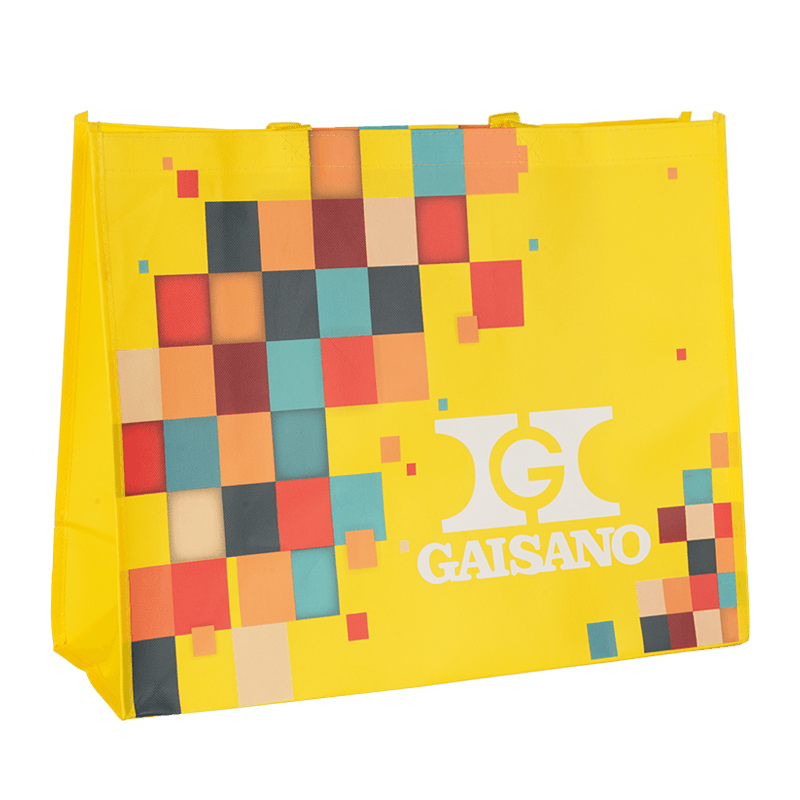In the evolving landscape of sustainable packaging and reusable shopping solutions, non woven polypropylene pp bags have gained significant traction for their durability, affordability, and environmental appeal. As businesses and eco-conscious consumers continue to shift away from single-use plastic, it becomes essential to distinguish between high-quality and lower-grade options. Not all non woven polypropylene bags recyclable in the market offer the same value, and knowing what to look for can make all the difference—especially when investing in bulk for retail, events, or promotional purposes.

It's important to understand what makes non woven polypropylene pp bags different. These bags are made from polypropylene—a thermoplastic polymer—formed into a non-woven fabric using heat and pressure. The resulting material is lightweight yet strong, offering a reusable alternative that is resistant to tearing, water, and daily wear. However, the quality can vary based on factors such as material thickness (measured in GSM), construction techniques, and any additional finishing treatments like lamination.
One of indicators of a high-quality bag is its GSM, or grams per square meter. This measures the fabric's density. Typically, non woven polypropylene pp bags with a GSM of 80 or higher are more durable and suitable for carrying heavier items like groceries, books, or promotional products. Thinner fabrics, while cheaper, tend to wear out faster and can tear under pressure. For long-term use, always check for a higher GSM rating.
Another feature that significantly enhances the quality and function of these bags is lamination. Laminated non woven polypropylene bags have an extra layer—either gloss or matte—applied to the surface. This layer not only adds a refined finish that improves visual appeal but also makes the bag water-resistant and easier to clean. Lamination protects the underlying non-woven fabric from moisture, dirt, and damage, thereby extending the lifespan of the bag. Moreover, laminated bags are ideal for vibrant, high-resolution printing, making them great for branded giveaways or retail packaging.
The recyclability of the material is also crucial. While polypropylene itself is recyclable, not all manufacturing processes ensure that non woven polypropylene bags recyclable actually meet recycling standards. A high-quality supplier will clearly indicate that their bags are made from recyclable materials and often include the appropriate recycling symbols. Additionally, eco-conscious manufacturers may use post-consumer recycled content in the production of new bags, contributing further to sustainability efforts.
Construction quality is another telltale sign. High-grade non woven polypropylene pp bags feature strong seams, reinforced handles, and neatly finished edges. Stitched or ultrasonic welded seams tend to last longer and resist wear better than glued ones. Reinforced handles—whether stitched or built-in—are especially important for tote-style bags meant to carry heavy loads. Before choosing a supplier or product line, it's wise to request samples or inspect photos of seam and handle details.
Functionality and design should not be overlooked either. Premium laminated non woven polypropylene bags often include features such as side and bottom gussets for expanded capacity, zipper or button closures, and even interior pockets. These additions not only enhance usability but also increase the perceived value of the bag, making them ideal for promotional campaigns or customer incentives.
From an environmental perspective, opting for non woven polypropylene bags recyclable is only effective if the bag is actually reused. High-quality bags naturally encourage repeat use due to their strength, comfort, and appearance. If a bag is flimsy or looks cheap, consumers are less likely to use it repeatedly, defeating the purpose of replacing single-use alternatives.
Finally, consider the credibility of the manufacturer or supplier. Reputable suppliers of non woven polypropylene pp bags will provide detailed product specifications, sustainability certifications, and transparent sourcing practices. Many will also allow for customization in size, color, and printing to align with brand identity.
Identifying high-quality non woven polypropylene pp bags requires a close look at multiple factors: GSM rating, construction quality, lamination, recyclability, and manufacturer reliability. Laminated non woven polypropylene bags offer enhanced durability and aesthetic value, while ensuring the bag remains functional for long-term use. Choosing non woven polypropylene bags recyclable means making a smart investment—not just in a physical product, but in a more sustainable and customer-friendly brand image.



 English
English Español
Español عربى
عربى







